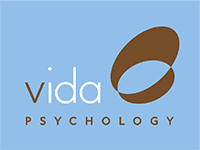12 Jun SAD: Tis the Season

As we move into the colder months, many people may start to experience a type of depression known as Seasonal Affective Disorder, or SAD. SAD is a type of depression that usually occurs during the autumn and winter months, when there is less sunlight. It can affect people of all ages, but it’s more common in women and those who live far from the equator, where the nights are longer.
SAD is caused by a lack of sunlight, which can disrupt our body’s natural circadian rhythm and lead to hormonal imbalances. Some common symptoms of SAD include:
- Feeling sad, anxious, or depressed
- Loss of interest in activities you once enjoyed
- Low energy and fatigue
- Difficulty concentrating
- Increased appetite, especially for carbohydrates
- Weight gain
It’s important to note that SAD is not the same as the winter blues or a mild case of low mood or feeling sad. SAD is a type of clinical depression and can significantly impact a person’s daily life.
If you suspect that you or someone you know may have SAD, it’s essential to seek professional help. Treatment options for SAD may include light therapy, medication, talk therapy, and lifestyle changes such as exercise and a healthy diet.
In addition to seeking professional help, there are some things you can do to alleviate the symptoms of SAD, including:
- Spending time outdoors during daylight hours, even on cloudy days
- Exercising regularly
- Eating a balanced diet and avoiding overindulging in carbohydrates
- Practising stress-reducing techniques such as meditation or yoga
- Maintaining social connections and staying connected with loved ones.


Sorry, the comment form is closed at this time.